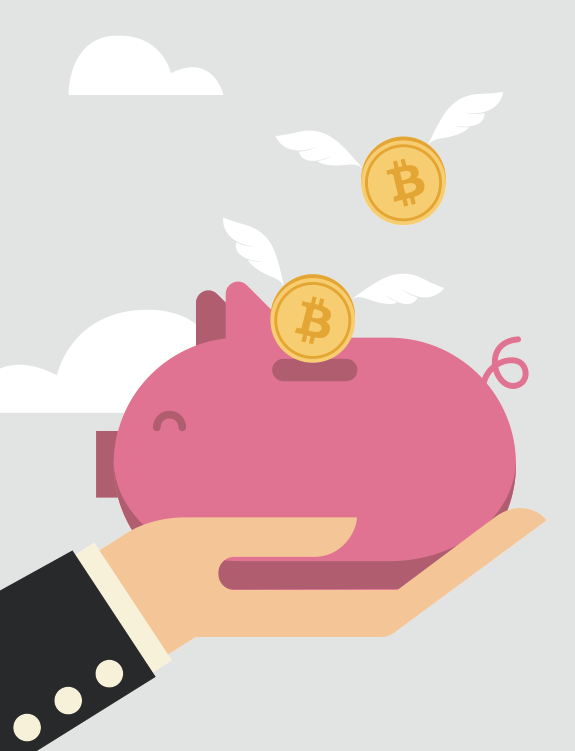
By the time you read this, a single Bitcoin – an electronically generated, stored and traded currency invented by an anonymous genius hacker – could either be worth $1,000, or nothing.
Not that you can use Bitcoins to buy much, just yet. Virgin Galactic says it will accept them to buy
a ride into space, and a Florida Tesla dealer sold one of the high performance electric cars for 91.4 of the things. A Texan candidate for the US Senate even announced he’d take donations in Bitcoins.
But most Bitcoin vendors so far are in it for the profile – and the real action around Bitcoin has been in currency speculation, which has seen the value of a coin rise from US$0.03 per coin to a high of US$1,250 late last year (the value has since slumped to US$854 following a Chinese government announcement that Chinese banks weren’t to trade in the currency).
But what the heck is a Bitcoin?
 ?
?
The story starts in 2009 when an anonymous hacker calling himself, herself or themselves Satoshi Nakamoto released an open-source platform that allowed anyone to create (‘mine’) or trade Bitcoins. Bitcoin mining is done by computer, and it’s basically a process of solving a very complex puzzle in order to unlock a block of 25 coins.
Like a real gold rush, the coins are easy to find at first, but each subsequent block is made harder and harder to mine.
Like the internet itself, the Bitcoin system has no central control. Instead, each participant automatically maintains a registry of every coin in circulation. When a coin moves from one user to another, every other user on the network knows about it – so no-one can send the same coin twice.
As the value of Bitcoins and the difficulty of mining them rises, miners are investing serious money in dedicated computer facilities designed to crack the increasingly difficult codes, and there’s even talk of a new processor optimised for Bitcoin mining. Again, the parallels to a real gold rush resurface: once all the easy to find nuggets are gone, the technology arms race begins, with sluices, stamper batteries and hotel-sized dredges sifting the rock and gravel for that golden gleam. (And just like a real gold rush, there’s as much money in selling shovels as there is in using them.)
Like gold, there’s only a limited supply of Bitcoins. The platform will only allow 21 million to be mined (so far, around 12 million have been found). Once that limit is hit, the platform allows users to trade fractions of Bitcoins as the currency continues (users hope) to increase in value.
It’s not hard to see the appeal of an internet- based open source currency. Transaction fees are a fraction of what buyers and sellers might pay to a traditional bank or credit card company. Because Bitcoin is stateless, it’s also unregulated (so far), meaning governments can neither see nor seize your assets.
And while some might think twice before banking on a system based on nothing more than a fancy bit of code, others would argue that the traditional banking system carries even more risk.
Like any Next Big Thing, if you’re reading about it in a magazine – even a cutting-edge journal such as this one – the ship has probably sailed. Mining Bitcoins in 2009 was relatively straightforward. Today, the action is all with dedicated server farms. While a well-specced home computer technically could mine a block of Bitcoins, it’s estimated that it would take around 98 years (!) to do it.
For most of us, the only way to get our virtual hands on a Bitcoin is to buy one via an online exchange. (There’s at least one based in New Zealand, but we’d probably be breaking all sorts of laws by recommending you try it.)
And if all that sounds complicated, try explaining how actual money works sometime.


.jpg/w=675,h=675,fit=crop)

